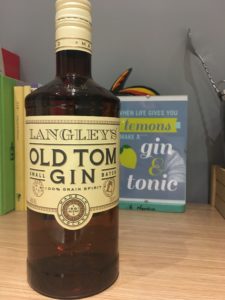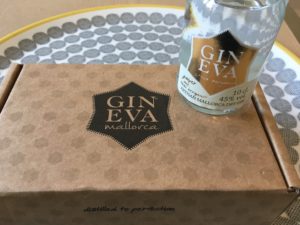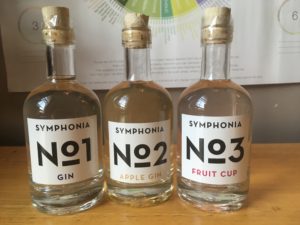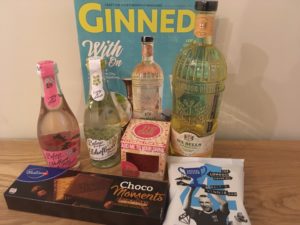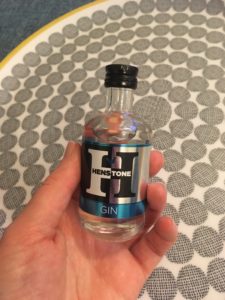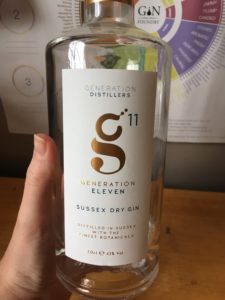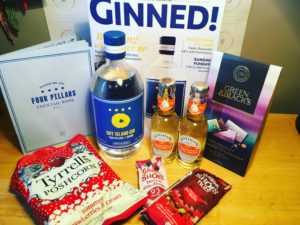Note: I met the Gin Eva team at Junipalooza and the kindly sent me some samples to try, as always I’ll let you know if I don’t like it.
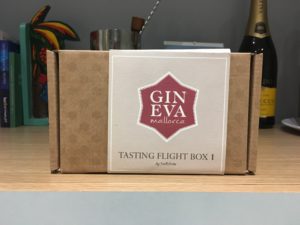 You may have already seen my posts on Gin Eva‘s Mallorcan Dry and Bergamot gin and today we are drinking their special edition La Mallorquina. Named after a traditional olive variety that can only be found on Majorca, they use the leftover olives from a olive mill that have had the oil extracted. They then steep these in pure grain spirit for several weeks before the distillation process to then blend with juniper and coriander distillates. Whilst they say this works well as a gin and tonic, this is really designed to be drunk as a dry martini – even better if you replace the vermouth with sherry. That might be a bit much for me, but let’s see how it tastes.
You may have already seen my posts on Gin Eva‘s Mallorcan Dry and Bergamot gin and today we are drinking their special edition La Mallorquina. Named after a traditional olive variety that can only be found on Majorca, they use the leftover olives from a olive mill that have had the oil extracted. They then steep these in pure grain spirit for several weeks before the distillation process to then blend with juniper and coriander distillates. Whilst they say this works well as a gin and tonic, this is really designed to be drunk as a dry martini – even better if you replace the vermouth with sherry. That might be a bit much for me, but let’s see how it tastes.
